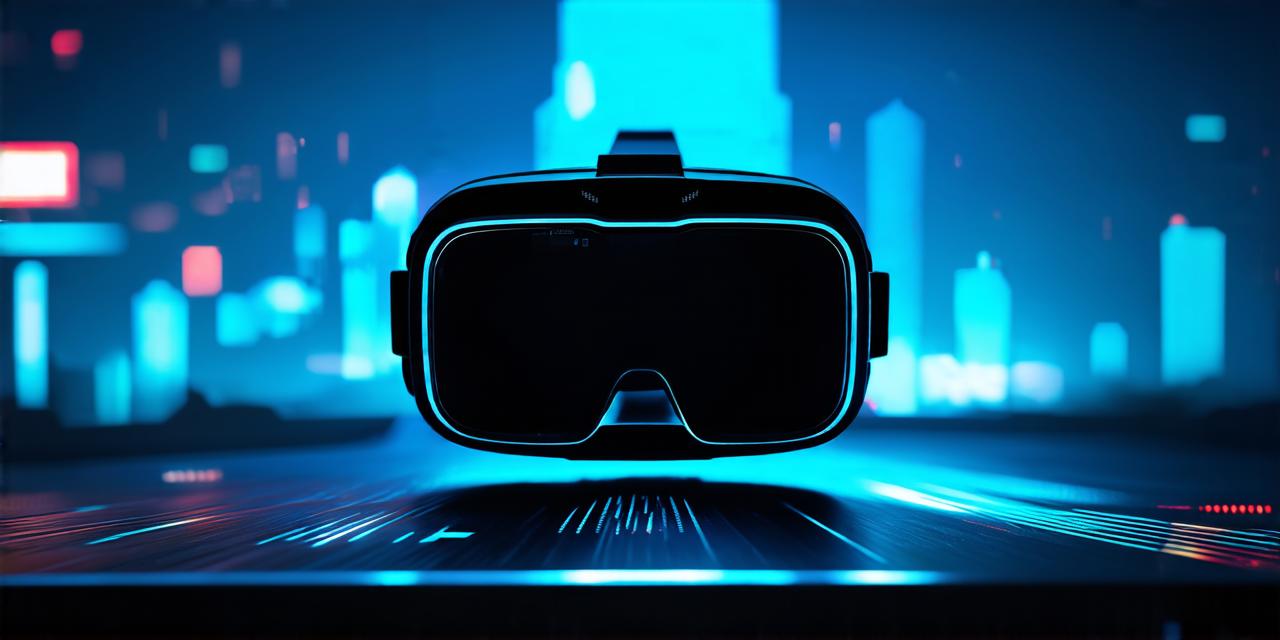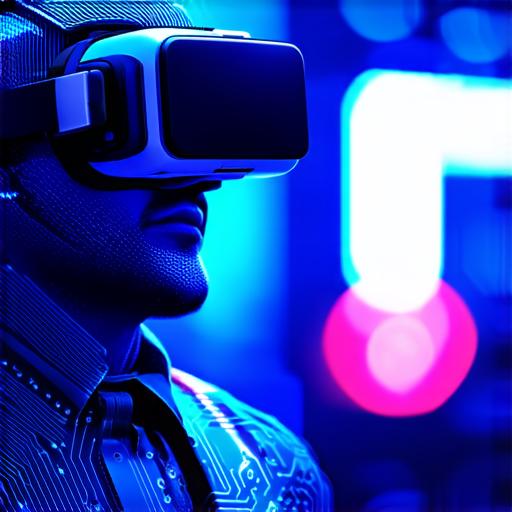
How real can virtual reality feel?
Introduction:
Virtual reality (VR) is an emerging technology that promises to revolutionize the way we experience the world. With virtual reality headsets, users can immerse themselves in a simulated environment that feels as real as the real thing.
Limitations of Virtual Reality:
Despite advancements in technology, there are still some limitations to how realistic virtual reality can feel. One of the biggest limitations is the lack of haptic feedback, which refers to the sensation of touch. While virtual reality headsets have come a long way in terms of graphics and audio, they still cannot replicate the feeling of touching or being touched.
Another limitation is the lack of contextual cues, which are visual and auditory signals that help us navigate our real-world environment. For example, when we look at a tree in real life, we also see its surrounding landscape, which provides context about its location and purpose. In virtual reality, however, these contextual cues may be absent or distorted, making it harder for users to orient themselves and understand their surroundings.
Possibilities of Virtual Reality:
Despite these limitations, virtual reality also has the potential to be incredibly immersive and realistic. Research has shown that our brains are capable of adapting to virtual environments and experiencing them as if they were real.
Furthermore, advancements in technology are constantly pushing the boundaries of what is possible with virtual reality. For example, haptic feedback technology is being developed that can simulate the feeling of touch, making experiences more immersive. Additionally, advancements in artificial intelligence (AI) and machine learning are allowing virtual environments to become more dynamic and responsive to user actions, creating a more realistic and engaging experience.
Case Studies:
One example of how virtual reality can be used to create a highly immersive and realistic experience is in the field of medical training. Virtual reality simulations can be used to train doctors and nurses in complex procedures, allowing them to practice in a safe and controlled environment without risking patient safety. These simulations can also provide instant feedback on performance, helping doctors improve their skills and reduce errors.
Another example is in the field of education. Virtual reality can be used to create immersive learning experiences that allow students to explore historical events or scientific concepts in a way that is not possible with traditional teaching methods. These experiences can also provide a sense of personalization, allowing students to learn at their own pace and in their own style.
Expert Opinions:
According to Dr. Richard Nisbett, a professor of psychology at the University of Washington, virtual reality has the potential to be incredibly immersive and engaging. “Virtual reality can create experiences that are more realistic than anything we could experience in real life,” he said. “This has the potential to transform the way we learn, work, and play.”
Summary:
While there are still limitations to how realistic virtual reality can feel, there are also many possibilities for creating highly immersive and engaging experiences. As technology continues to advance, we can expect virtual reality to become even more realistic and powerful. Whether you’re a developer, researcher, or simply someone who enjoys trying new things, virtual reality is definitely worth exploring.
FAQs:
1. What are the main limitations of virtual reality?
The main limitations of virtual reality include the lack of haptic feedback and contextual cues, as well as the potential for motion sickness and eye strain.

2. How can virtual reality be used in education?
Virtual reality can be used in education to create immersive learning experiences that allow students to explore historical events or scientific concepts in a way that is not possible with traditional teaching methods.
3. What are some examples of real-life applications of virtual reality?
Some real-life applications of virtual reality include medical training, military simulation, and entertainment (such as gaming and immersive movies).


